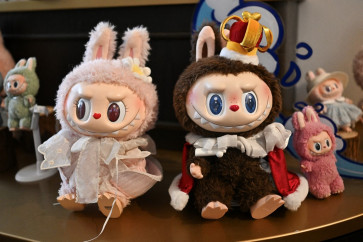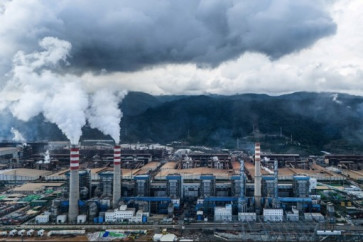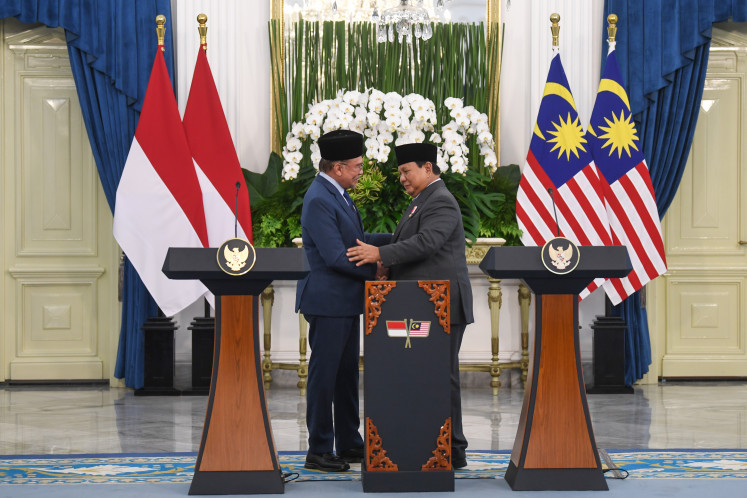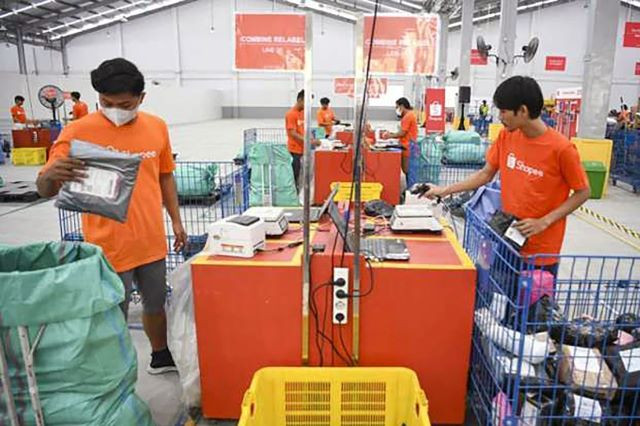Popular Reads
Top Results
Can't find what you're looking for?
View all search resultsPopular Reads
Top Results
Can't find what you're looking for?
View all search resultsSouth Sumatra farmers grow multibenefit Rosella plant
People in South Sumatra have been familiar with Rosella (Hibiscus sabdariffa) tea for the past six years after it was introduced to the market in tea bags, as whole flowers, and in jam form
Change text size
Gift Premium Articles
to Anyone

P
eople in South Sumatra have been familiar with Rosella (Hibiscus sabdariffa) tea for the past six years after it was introduced to the market in tea bags, as whole flowers, and in jam form.
The plant, whose red flowers are believed to have curative properties when taken as a drink, has various names.
People in Lahat, Empat Lawang and Pagaralam regencies call it asam kesur, asam rejang, deduhok jawe, asam jarot and buhga sugus, while those in Ogan Ilir and Ogan Komering Ilir regencies call it kesur.
Rural residents rely on the rosella plant as a short-term crop and have been cultivating it on a large scale to supplement their incomes.
A civil society empowerment activist Umar Husein, 51 was instrumental in introducing the plant to South Sumatra in 2003 by working with farmers owning at least a 50-hectare plot in ares such as Palembang, Ogan Ilir, Pagaralam, Ogan Komering Ulu (OKU) and Banyuasin regencies.
"It was no easy task to encourage farmers to grow rosella because they could not see any benefit. It grew in the bushes and, due to its sourness, was only used to make sambal or fish dishes. Thanks to the hard work and support from friends, we were able to introduce it to the market," said Umar, at his home in Sukabangun, Palembang, recently. Before deciding on large-scale cultivation, Umar researched the plant for two years with help from books, the Internet and academics. He went to the Bogor Agricultural Research Center, West Java, where he was surprised to learn from analysts the plant had many benefits.
Umar collects the flowers from farmers and markets them through CV Keluarga in tea bag and whole flower form and has registered his products with the Health Ministry. However, he often faces unfair competition from unregistered producers.
Rosella is not only sought-after by consumers in the province but sales have penetrated markets in Jakarta, and other provinces in Sumatra, Kalimantan, Java, and even in Malaysia.
Rosella was first introduced by first president Soekarno in 1957 for the production of textiles and gunny sacks, with the raw material taken from the stem of the plant. However, sacks made of these natural fibers are no longer available, replaced by plastic sacks.
"Rosella is rich in amino acid; of the 22 types of amino acids needed by humans, 18 of them are found in rosella. It contains two essential acids, arginine and lysine, which stimulate hormonal and nerve cells and can boost longevity. Its extracts can cure liver disease and diarrhea," Umar said.









